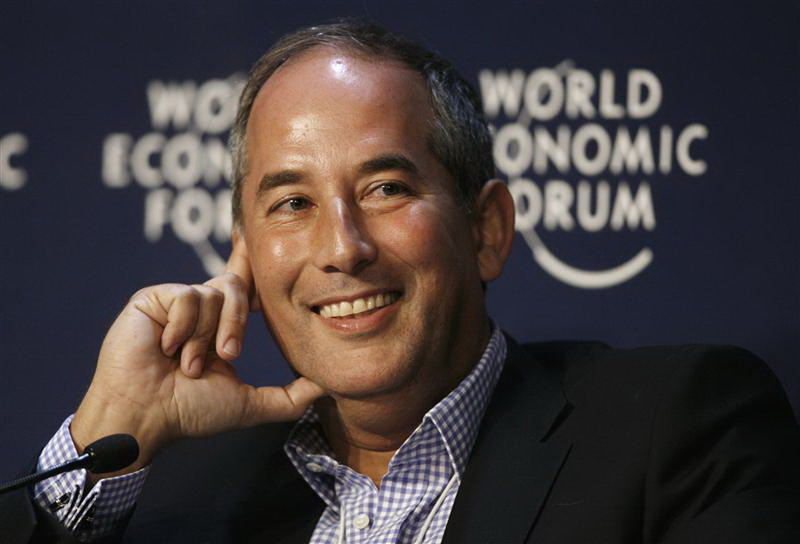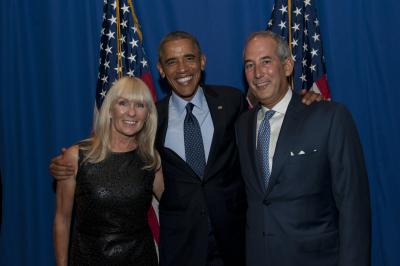First let me state that (unfortunately) I have no investment or other interest in Uber beyond being a loyal user of the service. When I do have a financial interest in one of the companies I mention in this blog I disclose it. What drives me to discuss Uber is my satisfaction with the service as an ordinary user and my interest in the larger technology themes it raises. What Uber does sounds ordinary enough – the booking of livery cars (radio cars) via smart phone in major cities. However they make it so easy the form-factor and feedback is so good and the role they play for both driver and passenger so useful that they have won me over as fan and loyal user.
The way it works is simple: You download the Uber app to your iPhone or other smartphone enter your credit card once to be stored on an Uber server and you are ready to go — literally. When you open the app you see a Google map centered around your current location; you also see a bunch (especially if you happen to be in San Francisco) of small black icons in the form of cars. These are available car service sedans or SUVs which are part of the Uber network and ready to respond to your call. To book a car to come pick you up at your current location you simply push one large button to register your request. The system then assigns the nearest driver gives you an estimated pick-up time (generally 2 to 4 minutes in San Francisco and 5 to 7 in New York) and you can watch your car approach on the screen. You also often receive a photo of the driver his crowd-sourced rating and license plate number. Fares run generally twice the prevailing taxi rate; no money changes hands as the trip gets charged to your credit card on file with Uber (not the driver) and no tip is expected. After completion of the trip Uber emails the customer a receipt showing a graphic of the route taken the charge and other relevant information.
Over the past six months I’ve used Uber in San Francisco New York and Washington DC and I look forward to using the service in such notoriously difficult taxi cities as Paris. Besides being a great service for users I am impressed with what Uber represents: another example of the internet removing friction and associated transaction costs to empower a new service which was uneconomic before. The use of radio cars is obviously not a new idea. Typically these have been used by companies and professional firms as well as individuals for airport transfers and the like. Booking such a car has usually involved a call to a dispatcher as has getting an updated ETA or other information. What Uber does is eliminate the dispatcher with more efficient AND informative technology as well as enable radio car drivers to turn idle wait times into productive trips by making themselves available on the system. From the user perspective not only is the service more transparent and efficient (think FedEx since the advent of internet package tracking) but also far easier to use. You walk out of a meeting decide that you don’t feel like walking and punch one button on your phone — it does not get much easier than that.
I only wish air travel could be so simple.





